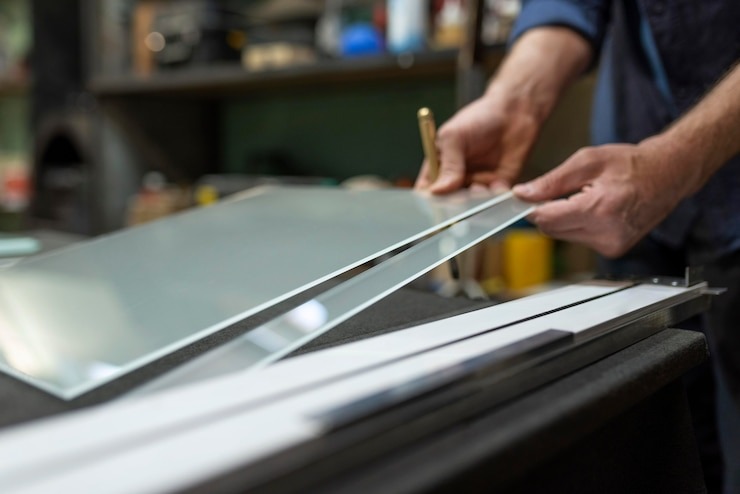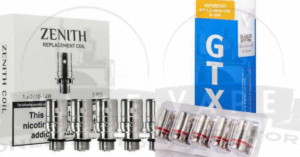
The automotive industry is constantly evolving, embracing innovation to enhance vehicle performance, reduce weight, and improve aesthetics. Among the many advancements in materials and manufacturing processes, thermoformed plastics have emerged as a game-changer. From interior components to under-the-hood applications, thermoforming has proven to be a cost-effective and flexible solution for producing durable and lightweight automotive parts.
Understanding Thermoformed Plastics
Thermoformed plastics are produced through a manufacturing process where plastic sheets are heated to a pliable temperature, molded into a specific shape, and then trimmed to create a usable product. This technique allows for high-volume production while maintaining precision and design flexibility. The process is widely used across industries, but it’s particularly valuable in automotive manufacturing due to the demand for parts that are strong, lightweight, and resistant to heat and chemicals.
Materials commonly used in thermoforming include ABS (Acrylonitrile Butadiene Styrene), polycarbonate, polypropylene, and PETG. These materials offer excellent structural integrity, impact resistance, and adaptability to complex designs.
Interior Applications of Thermoforming Products
One of the most visible uses of thermoforming products in the automotive sector is in vehicle interiors. Interior components need to be both visually appealing and functional, often requiring complex shapes and seamless finishes. Thermoformed plastics meet these demands efficiently.
Dashboard panels, console covers, door panels, trim pieces, and seat-back shells are frequently made using thermoforming processes. These parts benefit from the customizability of plastic sheets, allowing manufacturers to offer different textures, colors, and finishes that align with brand aesthetics.
Additionally, thermoforming provides a cost advantage over traditional molding methods like injection molding, especially in medium-volume production runs. It eliminates the need for high-pressure molds, reducing tooling costs and lead time—factors that are critical in meeting the fast-paced development cycles of the automotive industry.
Thermoformed interior parts also contribute to vehicle weight reduction, a key concern in automotive design. Lighter interiors can lead to improved fuel efficiency and better overall vehicle performance.
Exterior and Structural Applications
While interior parts are a common use case, thermoformed plastics are increasingly being used for exterior and structural applications. Automotive manufacturers rely on them for components like:
- Bumpers and bumper covers
- Wheel well liners
- Undercarriage covers
- Roof linings
- Truck bed liners
These parts are exposed to harsh environmental conditions, including UV radiation, moisture, debris, and extreme temperatures. Thermoformed plastics are engineered to withstand these elements while maintaining their form and function. Materials like TPO (Thermoplastic Polyolefin) and HDPE (High-Density Polyethylene) offer excellent resilience, making them ideal for exterior applications.
Moreover, thermoforming allows the integration of reinforcing ribs and mounting points directly into the component design, enhancing the structural strength without adding complexity. This ensures that the parts are not only lighter but also durable and easy to assemble.
Under-the-Hood and Functional Components
Thermoformed plastics are also making their mark under the hood. Components such as air ducts, engine covers, battery trays, and fluid reservoirs can be efficiently produced through thermoforming. These parts must meet rigorous performance standards, including thermal resistance, chemical resistance, and mechanical stability.
Thermoforming enables the use of high-performance engineered plastics like polycarbonate blends and flame-retardant ABS, which perform well in demanding environments. The low cost and flexibility of the process make it suitable for prototyping and short-run production, which are often needed in the development of new vehicle models.
Additionally, thermoforming products can be designed with integrated features such as clips, hinges, and fasteners, reducing the need for additional assembly and improving overall product quality. This integrated design approach is highly valued in automotive manufacturing, where efficiency and precision are paramount.
Customization and Prototyping Advantages
Another significant benefit of thermoformed plastics in automotive applications is the ease of customization. Manufacturers can rapidly prototype new parts and make design changes without the long lead times associated with injection molding. This is particularly useful in concept vehicles or specialty vehicles that require unique or low-volume parts.
Thermoforming is well-suited for low to medium production volumes, allowing automakers to introduce custom trims, limited-edition models, and region-specific designs without incurring high development costs. It also supports sustainable manufacturing practices by reducing material waste and enabling the use of recyclable plastic materials.
Moreover, thermoforming supports value-added processes such as painting, screen printing, and in-mold decorating, providing automakers with extensive design flexibility. These customization options ensure that brands can maintain distinct visual identities while keeping production costs manageable.
Thermoforming and Sustainability
As sustainability becomes a growing concern in the automotive industry, thermoformed plastics offer a compelling solution. Many thermoformed parts can be produced using recycled plastics, and the process itself generates less scrap material compared to other molding techniques. Lightweight plastic components also contribute to improved fuel economy, aligning with global efforts to reduce vehicle emissions.
Thermoforming allows manufacturers to optimize part design for material efficiency, reducing the overall carbon footprint of the production process. Additionally, end-of-life components made from thermoformed plastics can often be recycled, supporting circular economy initiatives in automotive manufacturing.
Future Trends and Innovations
Looking ahead, the use of thermoforming products in the automotive industry is expected to grow alongside trends such as electric vehicles (EVs), autonomous driving, and modular vehicle platforms. These trends require new types of components with complex geometries, lightweight designs, and integrated electronics—areas where thermoformed plastics excel.
Emerging technologies such as 3D scanning and AI-driven design are also enhancing the thermoforming process, enabling faster prototyping and improved part optimization. As a result, thermoforming is likely to remain a preferred manufacturing method for automotive applications well into the future.
Conclusion: Driving Innovation with Thermoformed Plastics
The automotive industry is driven by innovation, efficiency, and sustainability—all of which are supported by the use of thermoformed plastics. Whether it’s lightweight interior panels, durable exterior parts, or complex under-the-hood components, thermoforming offers a versatile and economical manufacturing solution.
As vehicles become more advanced and consumer demands continue to evolve, thermoforming provides the flexibility and performance that modern automakers require. With rapid prototyping capabilities, material variety, and sustainable options, thermoforming products are helping shape the future of automotive design and production.
Ready to drive your automotive innovation forward? Partner with experts in thermoforming solutions. Contact CW Thomas today and discover how our expertise in thermoformed plastics can elevate your next automotive project.




